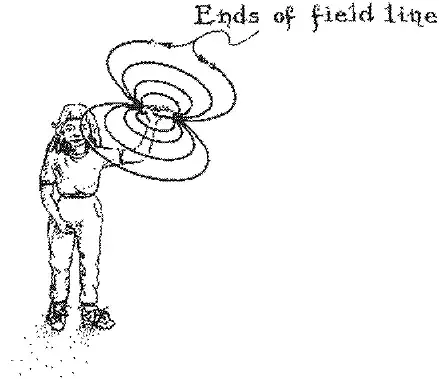In From Paradox to Reality: Our Basic Concepts of the Physical World by Fritz Rohrlich page 55 it states that
[...] just doing away with the ether would not have resolved all problems. The problems of the validity of Maxwell's theory would have remained: with respect to which reference frame is the theory valid?
Please can someone explain this to me?
As I understand it, the aether is the medium through which light was thought to propagate at $c$ (i.e., the reference frame at which the speed of light was $c$ and in which Maxwell's equations take their nice, standard form). Thus, by saying 'doing away with the ether' are we just not saying that there is no special reference frame where the speed of light is $c$, which surely means that the theory is valid in all or no reference frames. And therefore does this sentence simply contradict itself by saying e.g.
By doing away with the frame where the theory is valid we are still left with the problem of which frame the theory is valid.
(Which makes no sense.)
